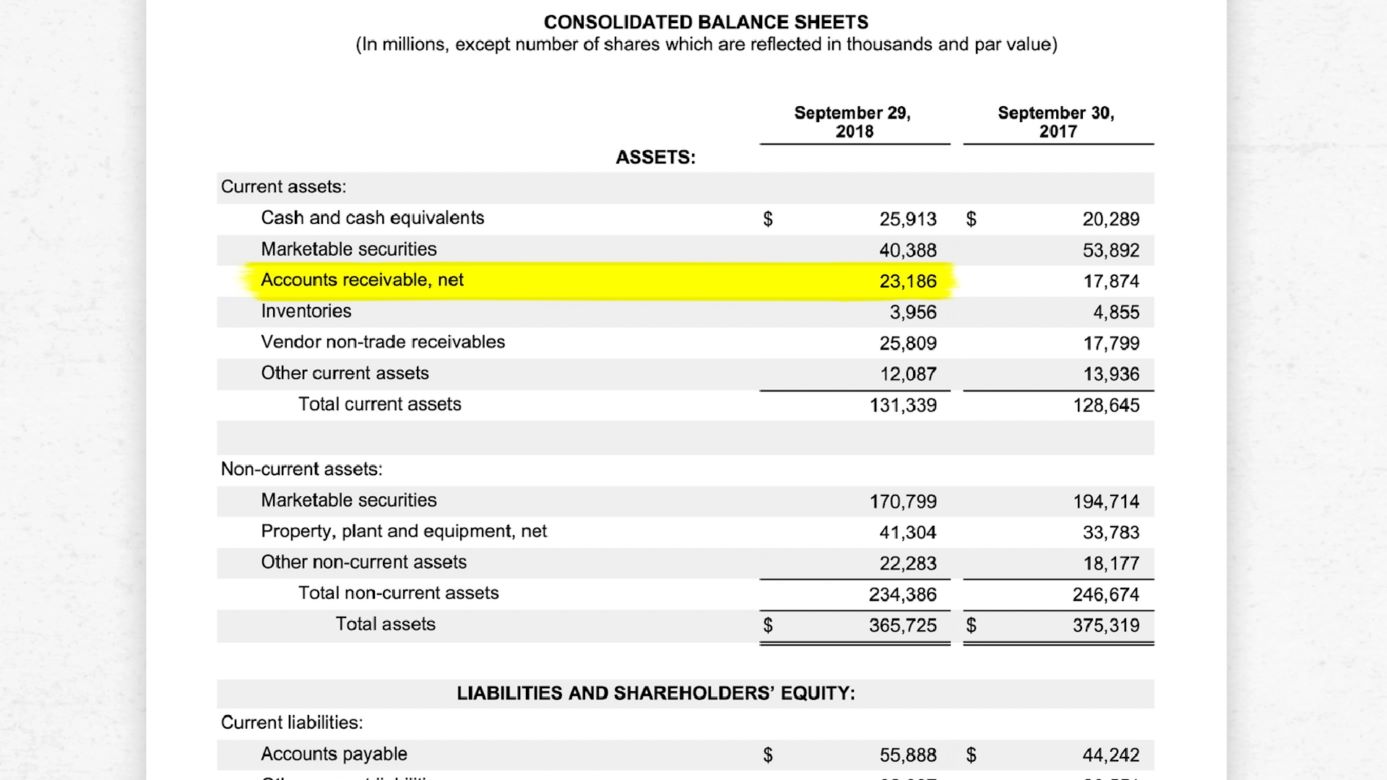Home>Finance>What Is Accounts Receivable Financing? Definition And Structuring


Finance
What Is Accounts Receivable Financing? Definition And Structuring
Published: September 28, 2023
Discover the definition and structuring of accounts receivable financing in the finance industry. Maximize liquidity and improve cash flow with this valuable financial solution.
(Many of the links in this article redirect to a specific reviewed product. Your purchase of these products through affiliate links helps to generate commission for LiveWell, at no extra cost. Learn more)
What Is Accounts Receivable Financing? Definition and Structuring
When it comes to managing the finances of a business, there are various tools and strategies available to improve cash flow and meet immediate financial needs. One such tool that has gained popularity in recent years is accounts receivable financing. In this blog post, we will delve into the definition of accounts receivable financing and explore how it can be structured to benefit businesses.
Key Takeaways:
- Accounts receivable financing is a financial strategy that allows businesses to leverage their outstanding customer invoices to access immediate funds.
- This type of financing helps businesses improve cash flow, meet working capital requirements, and fuel growth initiatives.
So, what exactly is accounts receivable financing? Simply put, it is a financial strategy where businesses sell their outstanding customer invoices to a third-party financing company, often referred to as a factor. In return, the business receives an upfront payment, typically a percentage of the total invoice value, to address immediate financial needs.
The structure of accounts receivable financing can vary depending on the specific needs and preferences of the business. Here are three common types of accounts receivable financing structures:
- Factoring: In this structure, the business sells its accounts receivable to a factor, who takes over the responsibility of collecting payment from the customers.
- Invoice Discounting: Unlike factoring, invoice discounting involves the business retaining the responsibility of collecting payment from their customers. The financing company provides funds against the outstanding invoices as collateral.
- Asset-Based Lending: This structure involves using the accounts receivable as collateral to secure a loan. The business retains control over the collection process while utilizing the funds for immediate financial needs.
Accounts receivable financing offers several benefits for businesses. Here are some key advantages:
- Improved Cash Flow: By accessing immediate funds through accounts receivable financing, businesses can bridge the gap between invoicing and payment, ensuring a steady cash flow.
- Working Capital Support: Businesses can use the funds obtained from accounts receivable financing to meet working capital requirements, such as payroll, inventory purchases, and operational expenses.
- Flexible Financing: Unlike traditional loans, accounts receivable financing is not based on the business’s creditworthiness. Instead, it relies on the creditworthiness of the customers, making it an accessible option for businesses with limited credit history or poor credit ratings.
- Opportunity for Growth: With improved cash flow and readily available funds, businesses can invest in growth initiatives, such as expanding operations, launching new products or services, and exploring new markets.
In conclusion, accounts receivable financing is a valuable financial tool for businesses seeking to improve cash flow, meet immediate financial needs, and fuel growth initiatives. By understanding the various structures and benefits of accounts receivable financing, businesses can make informed decisions to optimize their financial strategies and drive success.














